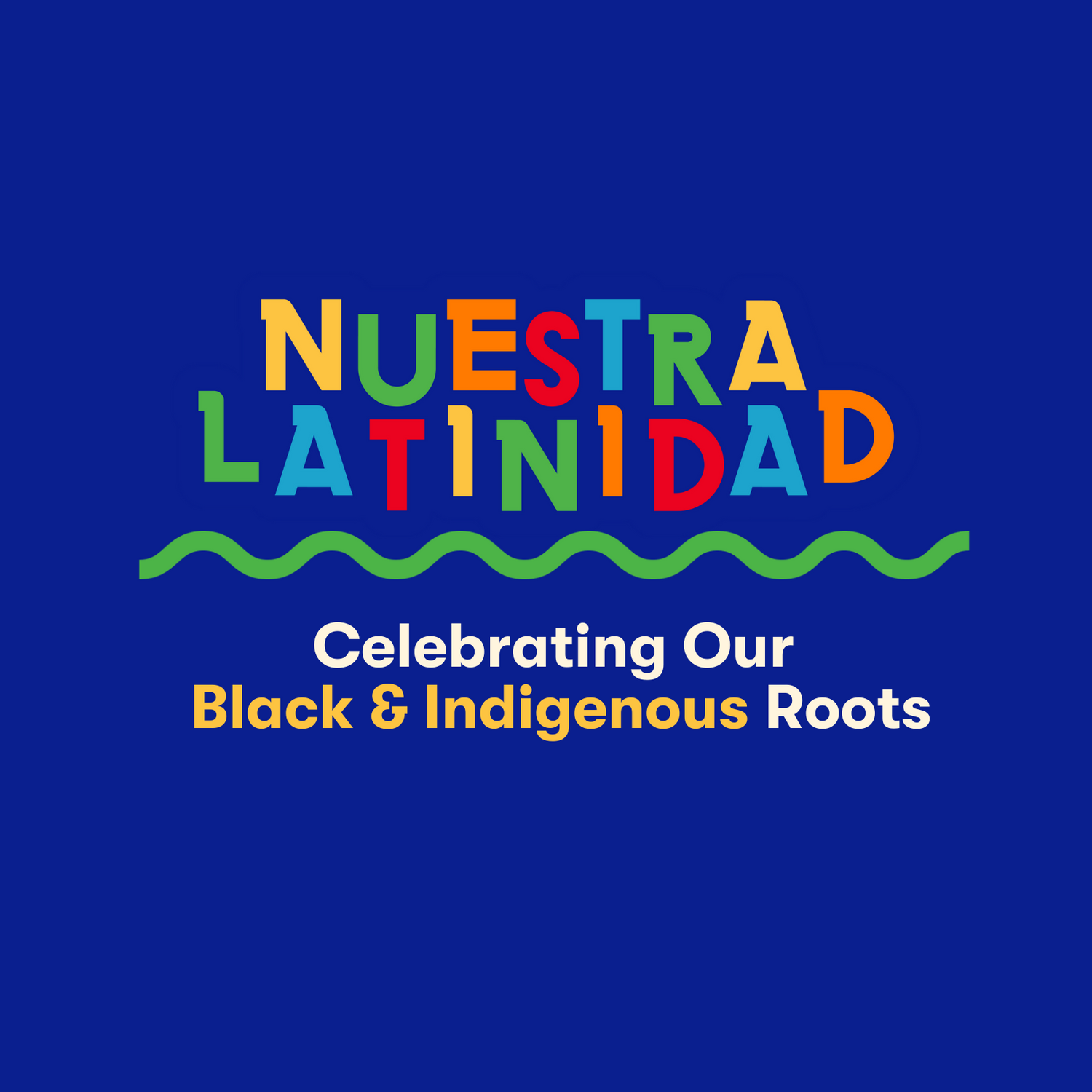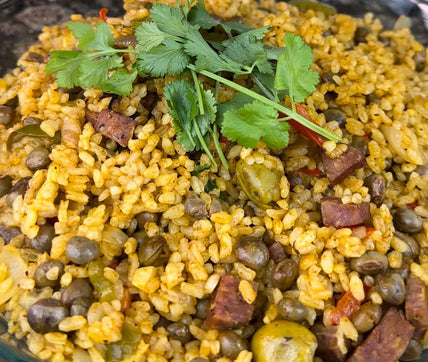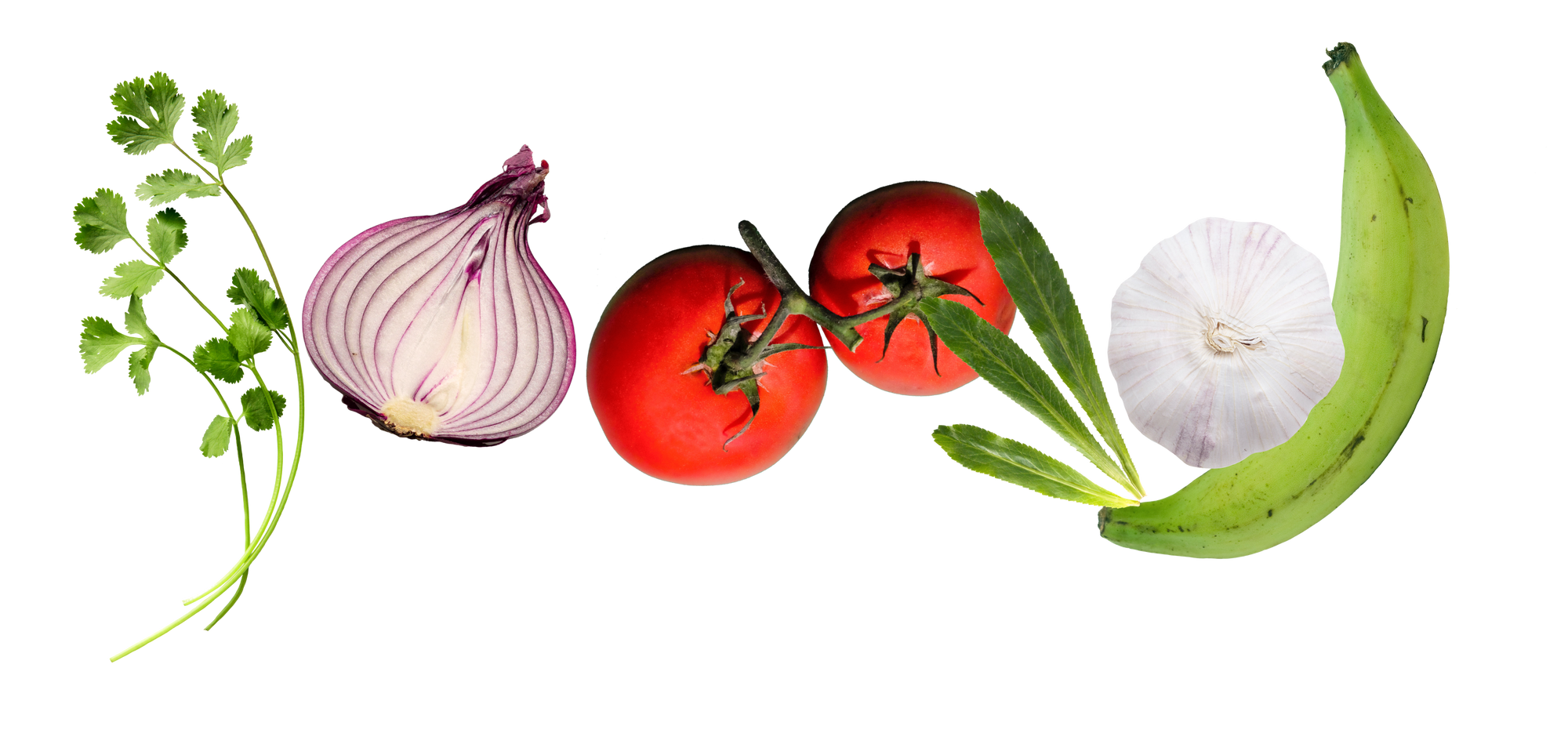
Nuestra Latinidad: Celebrating Our Black and Indigenous Roots
Let's celebrate Nuestra Latinidad by appreciating its Black & Indigenous roots and acknowledging the need for more diverse representation in modern images of Latinidad.
At Loisa, we’re always paying homage to our heritage, celebrating the culture and history of Latin flavor and tradition.
For Latinx Heritage Month, we’re kicking off a new series, “Nuestra Latinidad,” celebrating our differences and at the same time, the power of our togetherness.
Over the month, we’ll be taking a closer look at Latinx / Latine / Latino / Latina and the terms that define us, exploring the Black and Indigenous roots of Latin culture, and taking a tour of some of the most popular dishes that unite us.
We invite you to disfrutar la herencia with us over the next four weeks, from September 15 through October 15.
_____
As we honor our heritage this month (and every month), it is important to us to recognize our histories and celebrate la mezcla that defines the Latinx diaspora. So far, we’ve explored how one of our staple ingredients, some of our favorite dishes, and our identifying terminology, have all amplified the diversity of Latinxs. As we’ve said, we’re no monolith.
The diversity of our heritage is still developing over time. Latin America has been uniquely shaped by cuisines and cultures with European, African, and Indigenous roots. And as people of Latin America have migrated to places around the world, especially to the United States, the idea of Latinidad has attempted to define, and unite, its people in diaspora.
However, in the attempt to capture what unites us, a panethnic Latinidad has been popularized, and it is one dominated by the European influences of our colonial histories. As a result, Black and Indigenous Latinxs have often been underrepresented or even neglected from the narrative of la herencia.
While celebrating Nuestra Latinidad, it's important to us that we honor what makes all our people, and their experiences, so unique. So, in this piece, we’re taking a quick look at our histories to recognize the Black and Indigenous roots that have shaped our heritage, and still do to this day. Plus, we have some suggestions for how we can be more conscious of Black and Indigenous Latinidad in our celebrations.
Let’s get into it. First, a brief history.
The colonization of the Americas and the Caribbean in the 15th century brought with it, among many things, racial mixing. The process of colonization, exploiting Black and Indigenous people through the Trans-Atlantic Slave Trade and Imperialism, led to the blending of Africans, Europeans, and Indigenous people, including their cultures and their languages, into what would come to be known as the mestizaje.
Mestizaje, from the term Mestizo, describes the mixed-race and multicultural landscape found in Latin America after nations won their independence from the European crowns of Spain, France, and Portugal, beginning in the early 19th century.
Mestizo refers to European and Indigenous descent, while Mulatto refers to an African and Indigenous one. But in a study of the term, Lourdes Martinez-Echazabal writes that “mestizaje” represents the “plurality of cultural identities in the region and, therefore, of the hybrid constitution of the nation, as well as in the formation of a diaspora identity forged under the rubric of lo Hispano or lo Latino.”
Given the plurality, or diversity, of identities in the region, how did we come to share the heritage of Latinidad?
Scholars trace the term “América Latina” to the mid-late 19th century when it was used by Chilean writer Francisco Bilbao and Colombia’s José María Torres Caicedo to help unite the regions in an anti-imperialist sentiment. However, the idea of a panethnic “Latin” people erupted around the same time, from the French intellectual Michel Chevalier and ally to Napoleon III, as a way to unite and persuade colonial subjects to align themselves with their colonizers' visions.
While panethnicity can remind us of our shared experiences as mestizajes, and the connections we share through our foods, music, and traditions, Latinidad can also swallow the individuality of its people and dilute their unique experiences–especially that of Black and Indigenous people that have shaped la herencia since colonization.
As Kurly Tlapoyawa, founder of the Chimalli institute of Mesoamerican Arts and Professor at Colegio Chicano del Pueblo, writes, “The cultures that are celebrated and passed down through generations can be traced back to Indigenous groups as well as Indigenous groups of African descent. The existence of these communities serves not only as a symbol of resilience but also signifies that Black individuals are capable of being indigenous to Latin American soil. Eurocentric and colonial paradigms attempt to negate this fact, however…”
In the search for a cohesive identity, the all-encompassing mestizaje has lost traction in popular discourse to terms like “Latinx” and “Latine.” But some scholars and activists argue that there is perhaps no term to better describe the resilience and plurality of our people than one rooted in the recognition of our Black and Indigenous “mixedness.”
Let’s take another look at Latinx
We recently unpacked some of the terminology used to describe la raza, including “Latinx,” a gender-neutral alternative to Latino or Latina. While we respect everyone’s choice to identify as they wish, we must also respect the effects that our language has on representation in our cultural narrative.
Some argue that anti-Black and anti-Indigenous Latinidad is reaffirmed through anglo terms like “Latinx.” The term offers a variable for gender inclusivity but may propel a contextually European panethnicity in its English pronunciation (la-TEEN-ex). This Euro-centricity ultimately contributes to the erasure of Black and Indigenous people from the diaspora.
In her book Borderlands/La Frontera: The New Mestiza, queer scholar Gloria Anzaldúa argues that the complex racial history of Latin America has created a refusal to conform to the racial and social binaries given the mixing of cultures. Anzaldúa has advocated the use of the term nepantla, for example, a Nahuatl word that describes being caught between worlds, in an effort to represent this collective resistance rather than collective identity.
But for others, the “x” offers newfound flexibility. After some hesitation, New York writer and activist John Paul Brammer found that “the ‘mixedness’ is not a halfway state of being, but a complete state of being unto itself.” Brammer admits, “I can think of no better extension of that sentiment than ‘Latinx,’ a word that concedes to malleability, the ‘x’ willing to become whatever it needs to be for the person who wears it.”
But, let’s remember, Latinx is not a race. It’s a heritage–and to some, an ethnicity.
One major reason for the erasure of Black and Indigenous Latinxs from la cultura is the tendency to disclude race from Latinx discourse. Anti-blackness and anti-Indigeneity in Latin America must be addressed in order to understand its implications on today’s diaspora.
As Janel Martinez thoroughly explains, “The casta, a 16-tiered system showcased through paintings in the 18th century by the Spanish, established advancement based on race/racial mixture. The more European you were—or, in today’s terms, the closer your proximity to whiteness was— the higher you were in social ranking, leaving those of African descent at the bottom. Latin America’s casta system impacted all aspects of life, including marriage compatibility, access to education, and even the types of clothes one could wear; and the long-term effects are still being felt today in access to political positions, job opportunities, media airtime, and even health disparities.”
By using Latinx to define one’s race, we negate the diversity of the heritage. The results of colonialism, colorism, and racism have synonymized Latinx identity with white-centered, or mestizo, and Spanish-speaking. But there are ways to recognize racial diversity in Latinidad, and with consistent effort, to reshape the narrative of Latinidad in our lives.
Como Vamos Pa’lante?
First, we can avoid using “Latinx” as a racial marker, and instead, address the racial diversity in Latinidad. Latinxs all throughout Latin America and in the diaspora identify as Black, White, Indigenous, and/or Asian. We can respect our mixedness by amplifying this fact.
As the largest population of migrants, Latin Americans make up one in every five people in the United States. However, Latinx representation in the media, politics, or positions of influence are disproportionate–especially for non-white Latinxs. So, we should commit to learning more about the Black and Indigenous influences in our own cultures. Next time you’re shuffling through your reggaeton, cumbia, or tango playlists, or getting your plátanos ready for a mangú, consider taking the time to dig into their origins.
Resisting anti-Blackness and anti-Indigeneity in our Latinidad requires a conscious and active responsibility to both recognize and celebrate Black and Indigenous people in their shaping of Latin America. For us, Nuestra Latinidad is about honoring our heritage and the many people, flavors, and histories of its roots–and celebrating those differences, together.
Other Stories You Might Like
6 Delicious Latin Dishes with Strong African Roots
Nuestra Latinidad: Latinx, Latine, & the Terms That Describe Us



